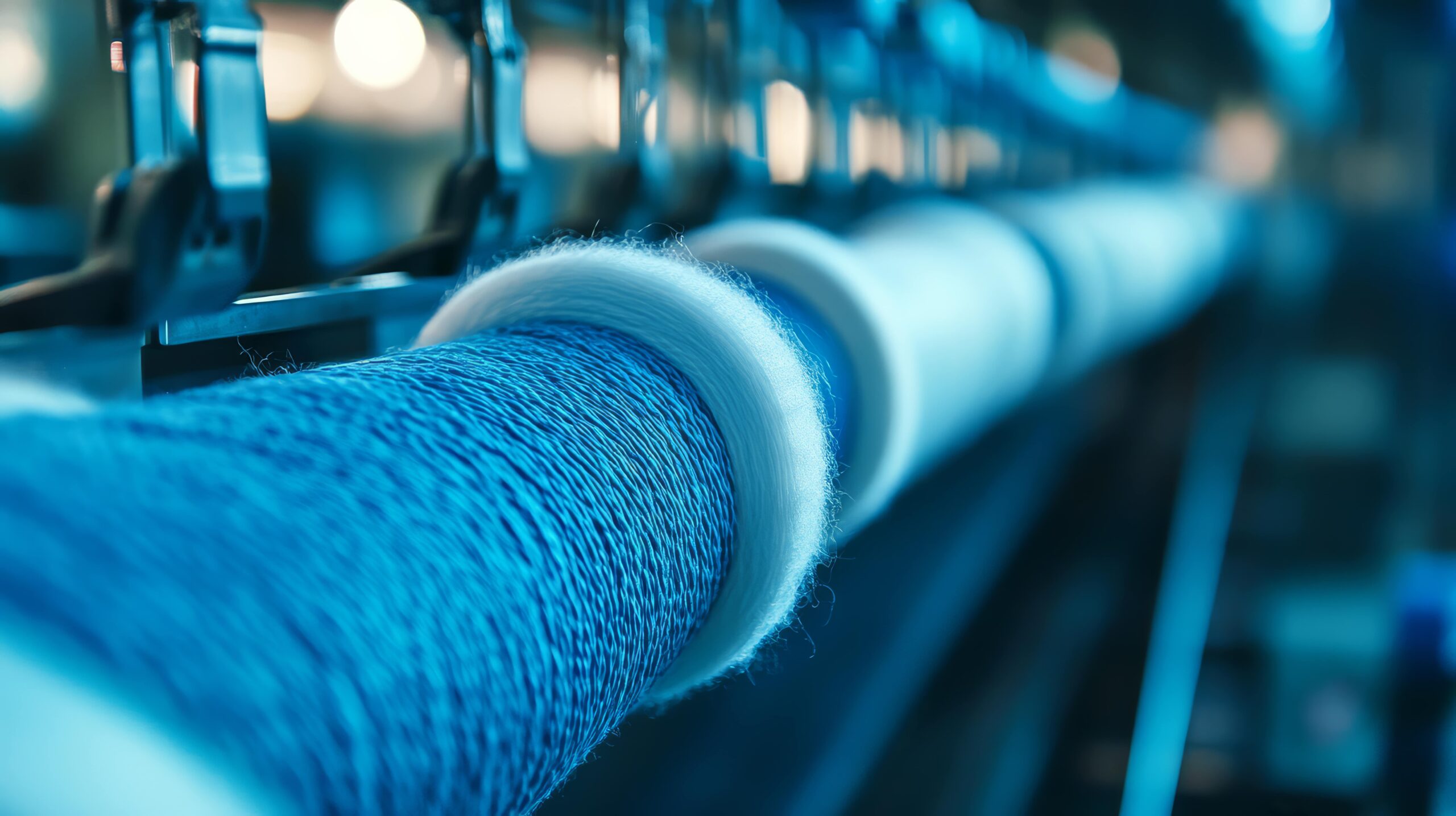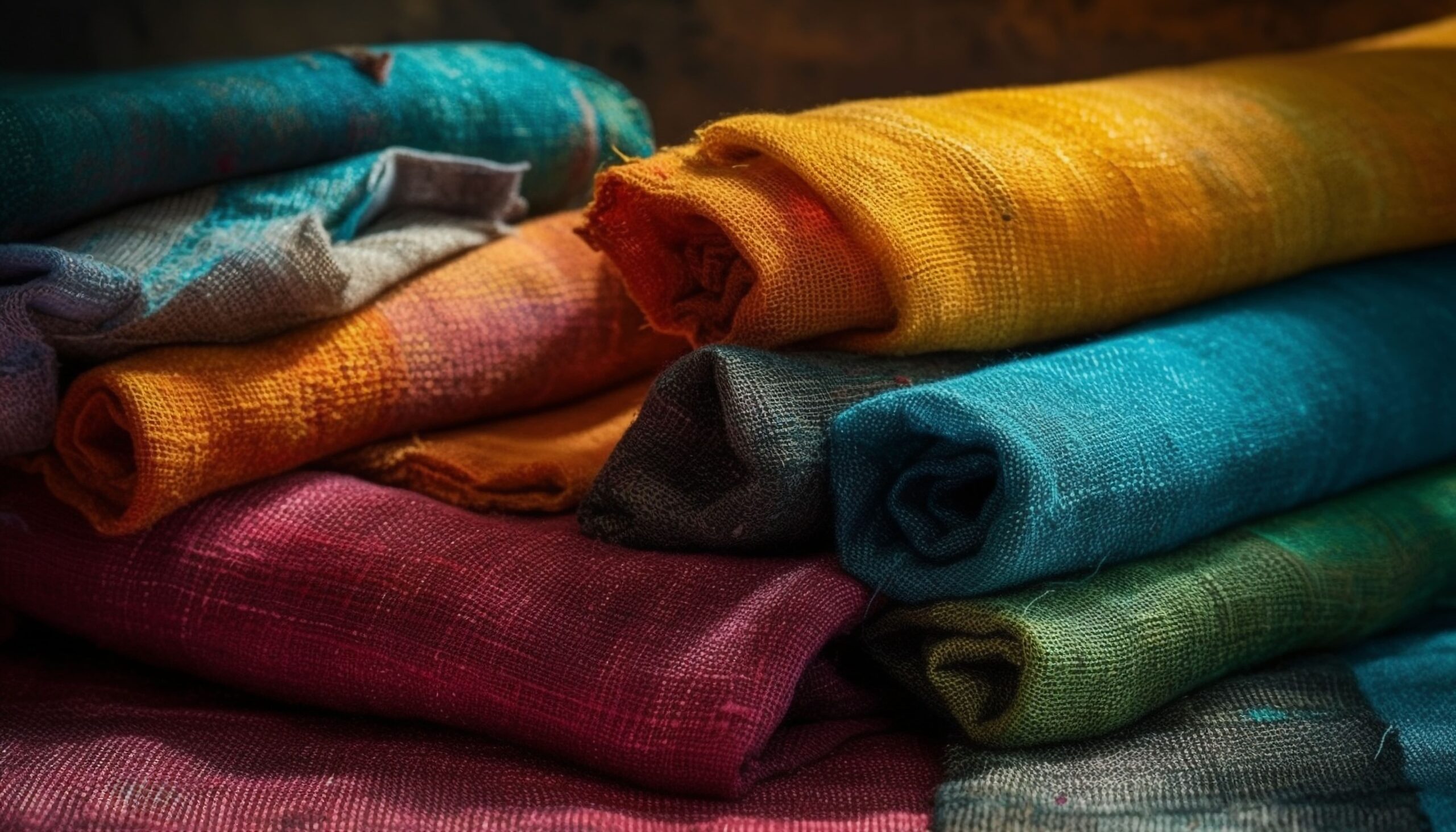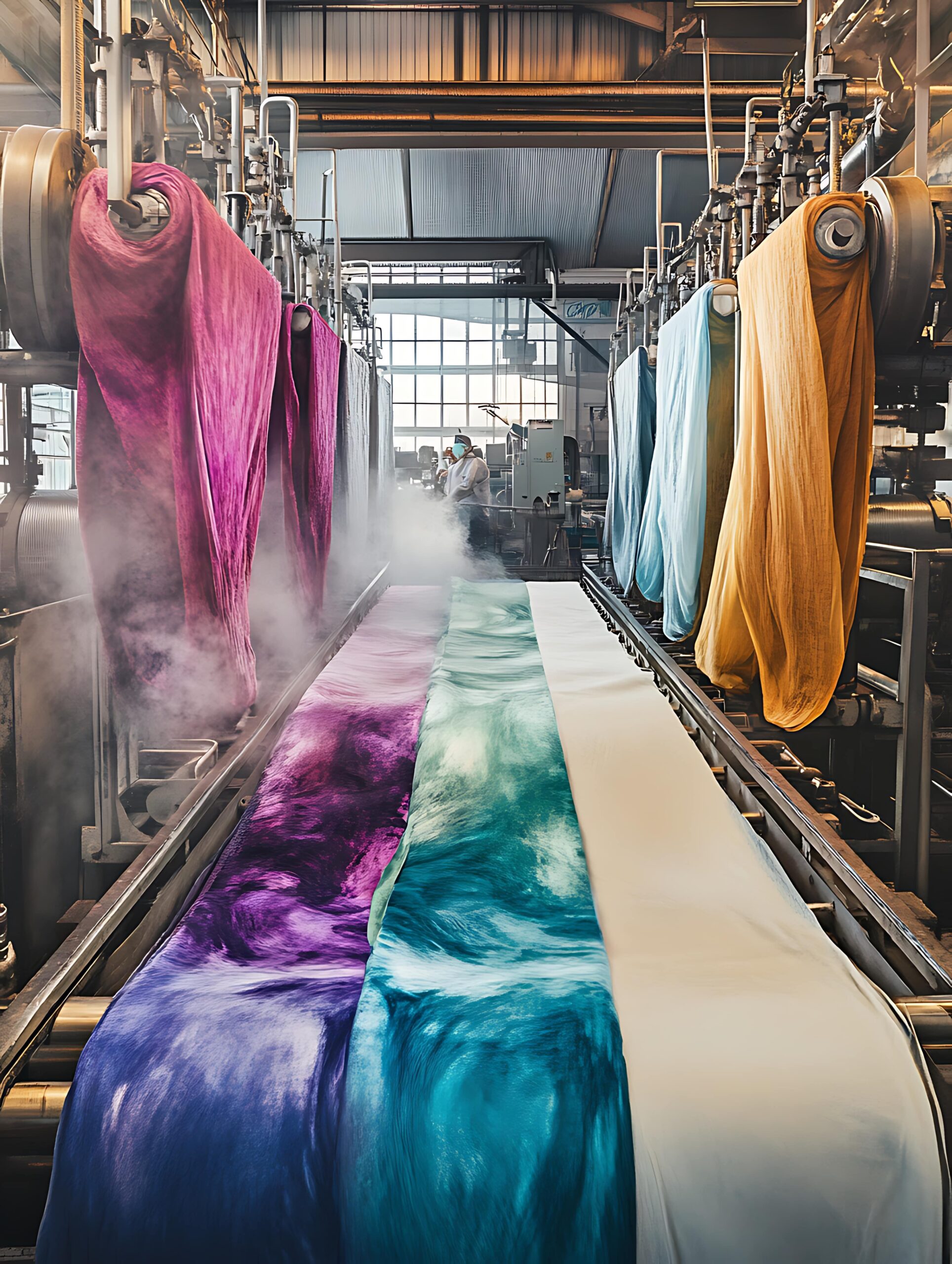In every fabric that shields us from searing heat, biting cold, electrical sparks, or torrential downpours lies blended an invisible but powerful enabler. The performance factor — textile chemicals.
From rugged outdoor gear that resists tears and abrasions to flame-retardant uniforms that protect industrial workers, they transform ordinary yarn into high-performance textiles.
A result of precision chemical engineering, these formulations lend textiles their ability to endure extreme conditions, repel water, resist microbial growth, retain vibrant colours and adapt to advanced functionalities like UV resistance or anti-static properties.
As the demands placed on textiles grow more complex, it is the chemical backbone supporting this evolution that determines how far fabric performance can stretch.
In today’s competitive landscape, textile chemicals are not just additives; they are strategic assets, empowering manufacturers to deliver fabrics that do more, last longer, and perform better.
Aligning with Global Trends: Adapting Textile Chemicals to International Standards
The shift we see in the global textile industry as it pivots towards more responsible and performance-oriented manufacturing demands not only high-performance fabrics but also eco-compliant processes.
Our national manufacturers of textile chemicals are overhauling their formulations by eliminating harmful substances, reducing effluent loads and prioritising biodegradable alternatives.
Adhering to stringent regulations like ZDHC, REACH and OEKO-TEX®, we are delivering APEO/NPEO-free surfactants, low-formaldehyde resins, and non-toxic flame retardants, among other functionally optimised, impactful solutions.

Mapping the Market: A Deep Dive into India’s Textile Chemical Landscape
Market Size:
India’s textile chemicals market is on a steep growth trajectory, valued at approximately USD 23.1 billion in 2023 and projected to reach nearly USD 40.3 billion by 2030, growing at a compound annual growth rate (CAGR) of roughly 7.3 %.
On a tonnage basis, demand rose from about 3.4 million tons in 2023 to a forecasted 6.0 million tons by 2030, expanding at an even stronger 7.6 % CAGR.
This surge is fuelled by rising domestic apparel consumption, booming exports, and increasing use of technical textiles across sectors like automotive, infrastructure and personal protective gear.
Key Players:
The landscape features a highly fragmented yet competitive mix of global giants (Archroma, Croda, Huntsman) and strong Indian players (Rossari Biotech, Fineotex, Bodal, Jaysynth, Indofil).
Manufacturers are pursuing aggressive strategies like R&D expansion, portfolio diversification, partnerships and inorganic growth to cater to evolving demand for speciality, performance-based chemical solutions.
Demand Trends:
Regionally, Western India — notably Gujarat and Maharashtra emerges as the dominant textile chemicals hub, driven by heavy investment in textile parks, export-oriented mills, and supportive state policies.
Government initiatives such as the PM-MITRA mega-parks, the Production Linked Incentive (PLI) scheme, and the National Technical Textiles Mission (NTTM) are further catalysing domestic scale-up of manufacturing and innovation capabilities.
Growth Drivers:
Key demand drivers include growing fashion and home-textile markets, the shift towards eco-friendly and compliant chemical solutions, technological modernisation like waterless dyeing and enzyme- or nanotechnology-based auxiliaries, and rising exports under free-trade agreements (e.g. UK-India FTA benefits for Gujarat hubs).

How Indian Pioneers Are Elevating the Performance of Textile Chemicals
Companies like Fineotex Chemical Limited are pushing the boundaries of functional additives, developing non‑toxic, hypoallergenic finishing agents certified for health-sensitive apparel and healthcare textiles, while achieving global performance benchmarks.
At the forefront, Rossari Biotech has scaled up R&D by integrating new labs (in partnership with IIT infrastructure), enabling rapid development of speciality polymers, high-performance binders, dispersants, and bio-based enzymes that enhance process yield and product resilience.
Innovations span enzyme-driven processes like cellulase and laccase treatments for eco-friendly denim finish, eliminating harsh stone washing and using cold-active cellulases for energy-efficient fading and puckering effects, while preserving fibre integrity.
Cutting-edge textile expo trends showcased salt-free reactive dyeing, micro‑encapsulate finishes, nanocoatings, and one‑bath dye-and-finish combinations that reduce process steps, water use, and solid waste, while imparting UV, antimicrobial, and high wash-fastness functionality.
Another standout innovation comes from Nanosafe Solutions (IIT‑Delhi incubation), which embeds micro- and nano-copper dispersions into fabrics, achieving over 99% antimicrobial efficacy even after 50 washes, without compromising breathability, softness, or safety.

Technology Enabling Tailored Solutions for a Dynamic Market
In this new era, technology and chemistry are inseparable, with automated dosing systems that amplify the potential of textile chemical manufacturers in delivering sustainable, performance-driven textile chemicals.
AI and machine learning tools like Datacolor Match Textile empower formulators with precise dye prediction and colour recipe optimisation, dramatically reducing trial cycles and material waste while boosting first‑shot accuracy and process consistency.
On the machinery and processing front, ultra-low liquor ratio dyeing, plasma surface treatment, ultrasonic and microwave-driven finishes and supercritical CO₂ dyeing are driving eco-conformance. Plasma treatments functionalise textiles at the nanoscale using minimal water and energy in a continuous dry process.
Digital textile printing allows rapid design iteration, water-free operations and scalable bespoke patterns with minimal environmental footprint.
Staying competitive is not about rivalry, but being relevant in the context of performance, integrity, management and innovation.
As modern textile chemical manufacturers, we are evolving with time; embracing science, sustainability and precision as the true differentiators in a rapidly shifting global landscape.

Sources:
- https://icrier.org/publications/indias-competitiveness-in-textiles-and-clothing-then-and-now/#
- https://www.bajajfinserv.in/textile-industry-in-india#
- https://exlexports.com/preferred-supplier-of-textile-chemicals/#
- https://www.kearney.com/industry/consumer-retail/article/creating-a-competitive-advantage-for-india-in-the-global-textile-and-apparel-industry
- https://www.wrightresearch.in/encyclopedia/chapter-report/chapter-5-competitive-landscape-of-indian-chemicals-industry/
